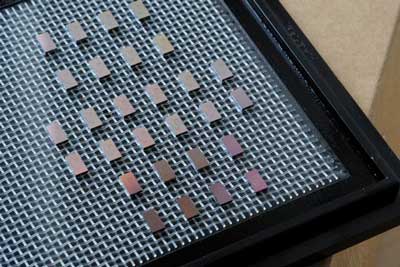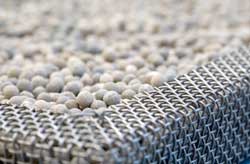
Tuesday, October 23, 2018
How to mass produce cell-sized robots
'Mushrooms' and 'brushes' help cancer-fighting nanoparticles survive in the body

A molecular sensor for in-situ analysis of complex biological fluids

Mussel-inspired defect engineering enhances the mechanical strength of graphene fibers

Deformation of nanotubes to control conductivity

Where deep learning meets metamaterials

Extremely thin, stable, and bright: 2D materials for the photonics of tomorrow

Inexpensive chip-based device may transform spectrometry

Ferroelectricity -- an 80-year-old mystery solved

Noble metal-free catalyst system as active as platinum

Physicists carry out quantum simulation of the physical effects of disorder in topological insulators

Tuneable emissive organic platform

Subscribe to:
Posts (Atom)
